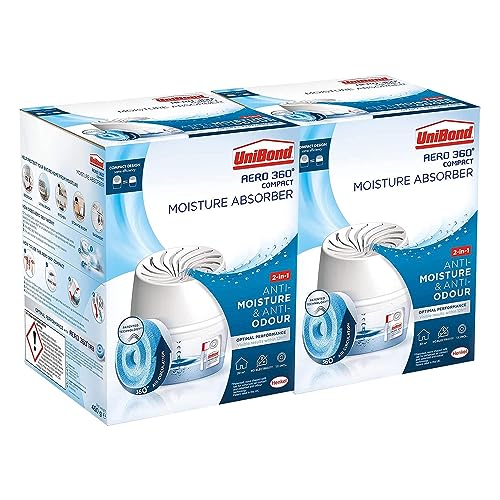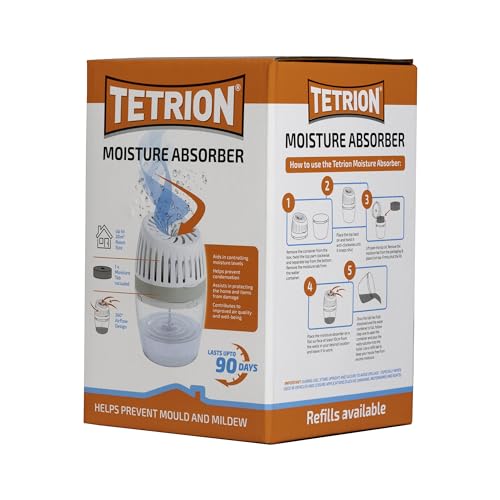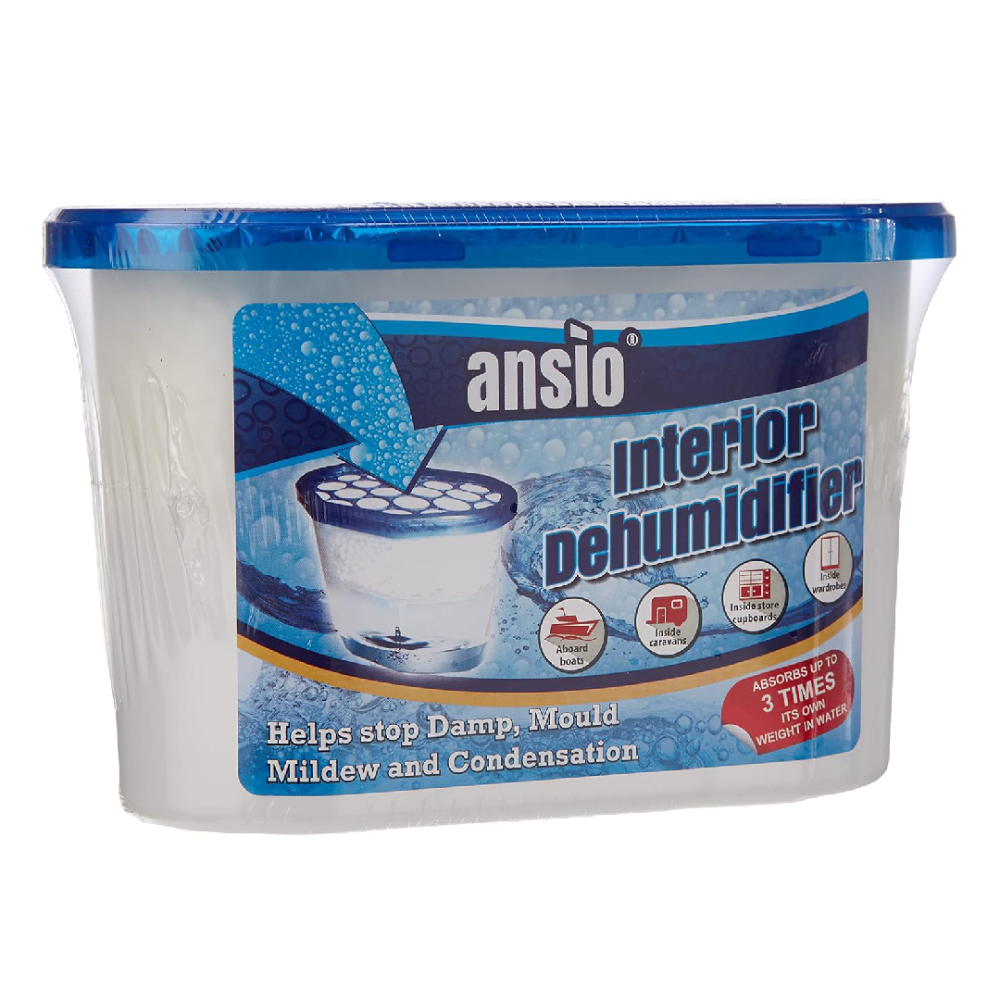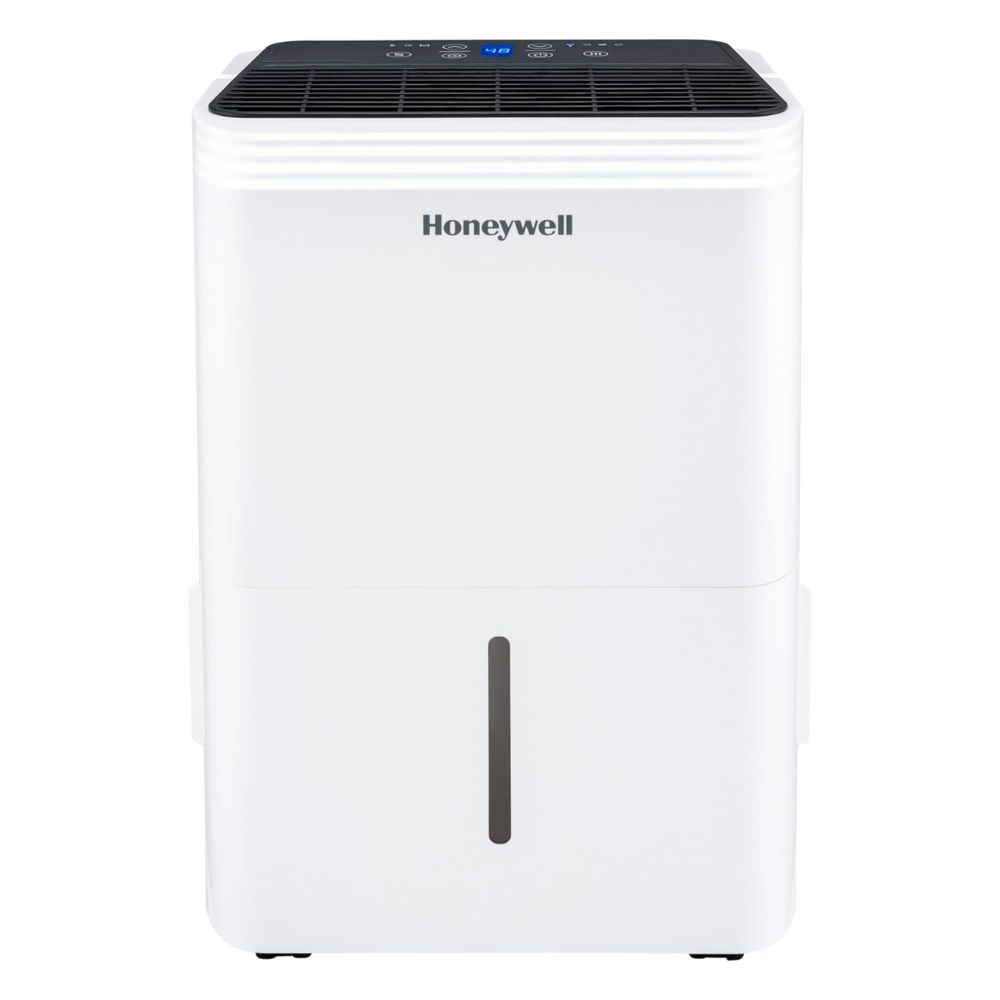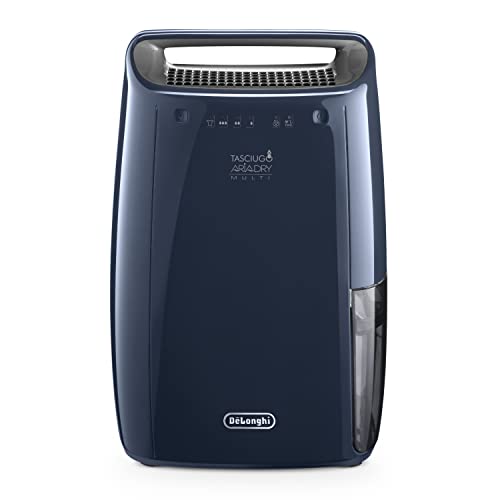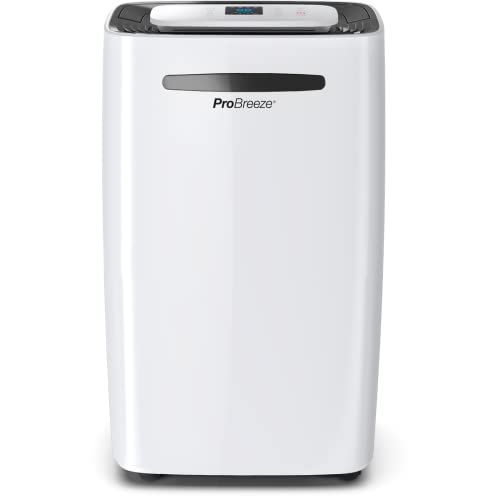I tried a £39.99 'dehumidifier' and moisture absorbers to see if they can beat a full-size dehumidifier
When you don't have much money in the bank, is it worth buying the cheaper dehumidifier alternatives or saving up to buy a full-size dehumidifier? I tested out some products and give my verdict
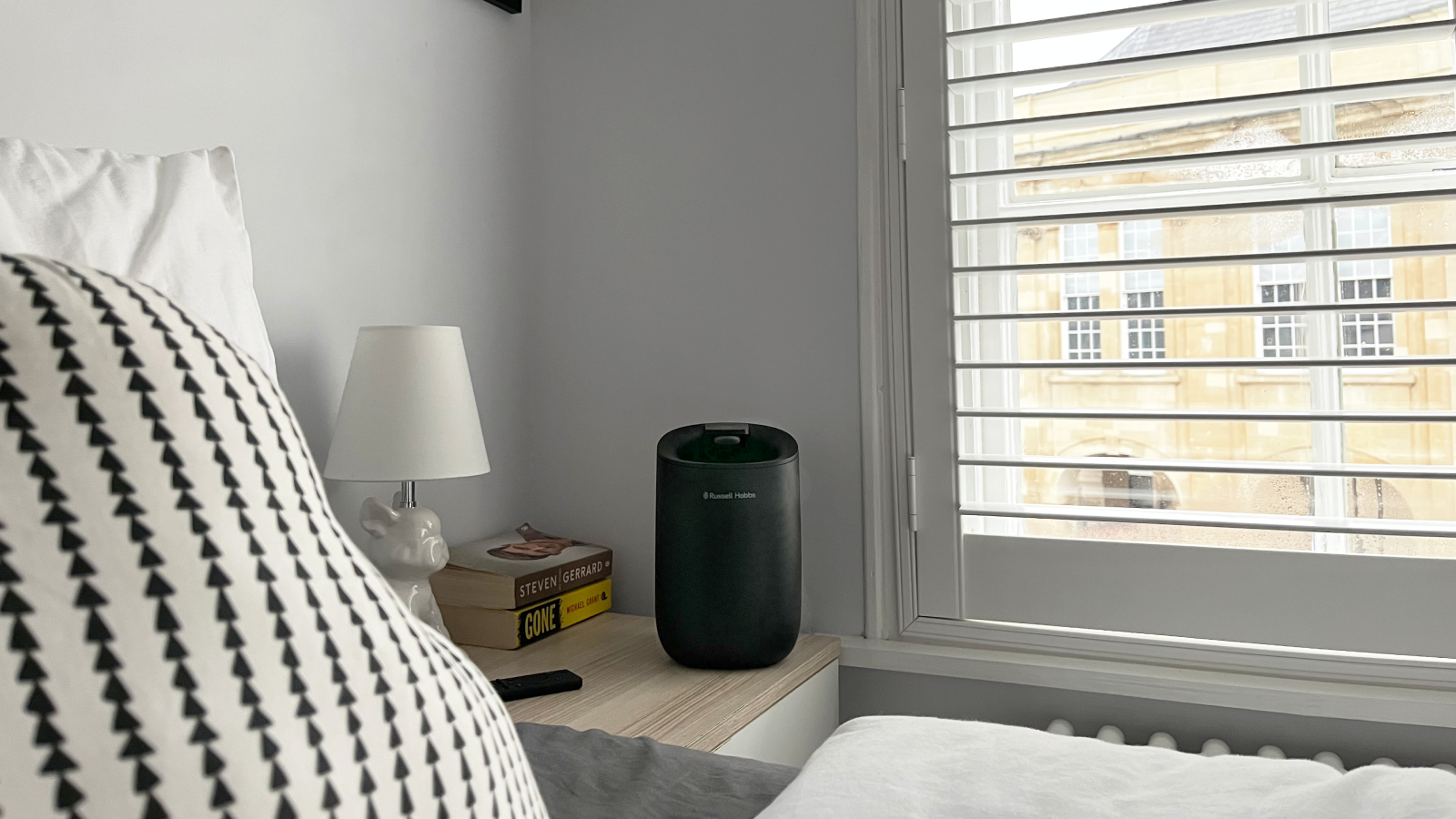
If you're looking for the best dehumidifier, the chances are you've looked at some of the prices of the electric models and wondered if they're really worth the expense. I know I certainly did when starting my dehumidifier research.
While the more expensive models do definitely work (the ones we've tested at Homebuilding & Renovating all did), not everyone has £150 to £300 available in the bank right now to spend on one.
It sparked the question as to whether cheaper options for under £40 were worth buying or whether it was a false economy, so we decided to put this to the test.
I started with the UniBond Aero 360º Moisture Absorber in my son's bedrooms and then progressed to the Russell Hobbs Mini Compact Dehumidifier (currently only £39.99 on Robert Dyas for Black Friday) for the smallest bedroom.
Testing £9.96 'dehumidifier' moisture absorbers
When I moved into my Grade II listed apartment, the single glazed sash windows were a concern, but one I eventually hope to overcome either with secondary glazing or even new windows. However, as neither of those are an immediate option, the issue of window condensation rears its ugly head as soon as the temperature drops.
Coming across a number of positive reviews about the UniBond Aero 360º Moisture Absorber that is on offer on Amazon for £9.69 for Black Friday, I purchased some to use in my son's bedrooms. The smaller room has a large sash window, the other a double and single casement timber window. Neither room shows any other signs of damp, just window condensation.
The UniBond Aero 360º Moisture Absorber comprises a plastic container with a replaceable blue disc that absorbs the water, releasing it into the container. You empty the lower part of the container as it fills and eventually the disc disintegrates at which point you replace it.
Another of the Homebuilding & Renovating team, also reviewed this product, sharing how a moisture absorber helped her condensationher windows, leaving me hoping I'd have the same results in my home.
I found that there's no doubt that the units collect moisture as I ended up regularly decanting water from them. However, I must have had a lot more moisture content in the air in my home compared to my colleague, as for me both moisture absorbers did not work on the windows as much as I had hoped.
The absorber in the larger room surprisingly worked better, while the absorber in the smaller bedroom, which I had assumed would be more effective, collected less moisture.
In the end, I disposed of both products – something that wasn't ideal given they are plastic and not really environmentally friendly.
Shop these products for minor moisture problems
Testing a £39.99 Russell Hobbs desktop dehumidifier
Lidl's middle aisle is often the source of bargains, and I thought I'd snagged one when I spotted the Russell Hobbs Mini Compact Dehumidifier on offer soon after throwing out the moisture absorbers. According to the product details, it claims to work in rooms that are around 15m2.
Unboxed and plugged in according to the instructions, I was excited to see the results the following morning.
Sadly, after a week of testing, it seems the issue this time was with the power of the extraction. Despite the window being covered with condensation, the water container barely filled up some nights. In terms of location, it was placed on my son's bedside table, next to the window so it should have absorbed the water he'd produced breathing, as well as the condensation that had formed on the window.
As it collected so little moisture, although the electricity costs to run it were minor, it simply wasn't weren't worth leaving on.

Cheap fix vs investing your money
Although trying out the options hasn't been a hugely costly experience, the reality is that I've spent around £60 on budget and small dehumidifier solutions that could have been put towards the cost of a larger dehumidifier sooner.
While my windows don't appear to have sustained any long term damage, (partly due to the fact that I also used the Beldray Cordless Window Vacuum last winter to remove the condensation each morning), this year I've used the De'Longhi and MeacoDry dehumidifiers in mine and my son's bedrooms, which has had remarkable results.
Window vacuums are effective at removing condensation, albeit a little hard to use on small paned windows, but it still means moisture builds up overnight which isn't great for the people sleeping in the rooms, or the long term condition of the wooden windows.
Do I think small dehumidifiers and moisture absorbers do what they say they will? It's impossible to deny they collect water – the results are visible. But are they worth it for stopping condensation altogether?
In my experience, if you've genuinely got an issue with condensation or above normal humidity levels in your home, I'd recommend you save up and spend it on a more expensive model.
Having tested two larger models myself, the Delonghi DEX212F 12L Tasciugo Ariadry Dehumidifier and the MeacoDry ABC 12L dehumidifier, I have no hesitation in recommending you buy either one of these instead of the cheap alternatives I've tested here.
Anything else will be false economy as small solutions won't fix big problems.
Shop full-size dehumidifiers
FAQs
How do cheap dehumidifiers and moisture absorbers work?
If you're wondering how do dehumidifiers work, in basic terms they are defined as a product that removes moisture from the air.
While a full-size dehumidifier will do this by pulling air in, cooling it and collecting the condensate, products like dehumidifier doorstops and rechargeable dehumidifiers instead use a physical moisture absorbing substance to absorb the moisture from the air. This substance can be either:
- Silica gel: A solid porous ball that absorbs moisture by osmosis
- Calcium chloride: A solid salt turns into a saline mixture when it absorbs water
- Activated charcoal: This works by molecules of moisture being attracted to it
Tried a dehumidifier and still not getting the results you'd hoped for? You could be using the wrong type of dehumidifier. Find out more in our guide to dessicant vs compressor dehumidifiers. And if the problem with condensation is mainly in your bathroom, be sure to buy one of the best bathroom extractor fans to prevent moisture build up on a daily basis.
Get the Homebuilding & Renovating Newsletter
Bring your dream home to life with expert advice, how to guides and design inspiration. Sign up for our newsletter and get two free tickets to a Homebuilding & Renovating Show near you.

Sarah is Homebuilding & Renovating’s Assistant Editor and joined the team in 2024. An established homes and interiors writer, Sarah has renovated and extended a number of properties, including a listing building and renovation project that featured on Grand Designs. Although she said she would never buy a listed property again, she has recently purchased a Grade II listed apartment. As it had already been professionally renovated, she has instead set her sights on tackling some changes to improve the building’s energy efficiency, as well as adding some personal touches to the interior.
